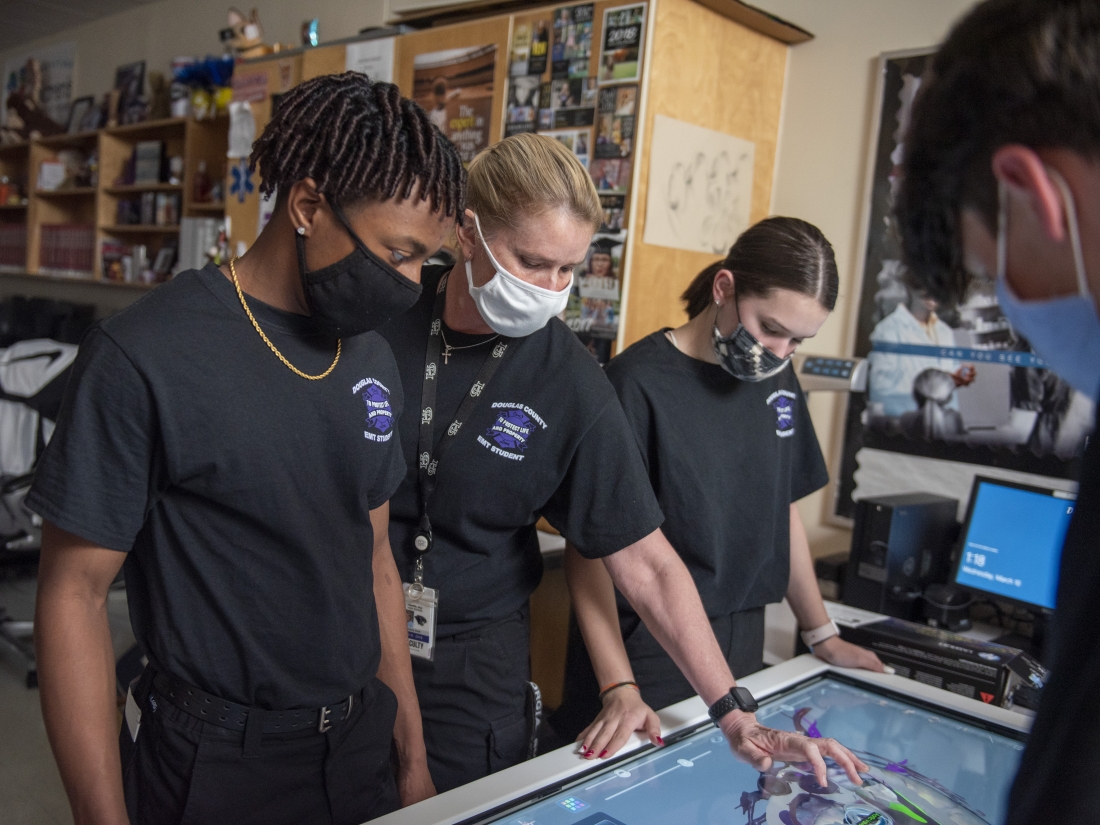CTAE in Georgia could not deliver for all students without the hard work and support of adults including teachers, counselors, business partners, and other community stakeholders.
- In 2023-24, approximately 8,000 CTAE teachers and 4,500 school counselors delivered career-focused education to Georgia students.
- In addition, over 23,000 employers participated in work-based learning and youth apprenticeship programs to support 35,283 placements.
One of the strengths of Georgia's CTAE program is its diversity. CTAE delivers for all students across various categories and subpopulations. Examples from the previous school years include:
- Males and females participated in near equal numbers. Of all high school participants, 49% were female and 51% male.
- There were 72,715 students with disabilities participating in CTAE programs in grades 9-12, and 5,117 completed a CTAE pathway.
- There were 380,741 economically disadvantaged CTAE students in grades 9-12. 34,129 economically disadvantaged students completed a CTAE pathway.
- High school students from all races and ethnicities participate in CTAE. Specifically, 34% were white, 40% were black, 18% Hispanic, 4% Asian or Pacific Islander, and 4% multiracial. These numbers are similar to the state's overall K-12 student demographics.
Georgia students have the opportunity to earn postsecondary education credit while still in high school through the dual enrollment program. Data from recent years shows:
- 53,071 students participated in dual enrollment courses.
- 211,838 dual enrollment courses were completed including 167,290 academic courses and 44,548 CTAE dual enrollment courses.
Note: These numbers are for CTAE students enrolled in grades 9-12.
Source: Georgia Department of Education
